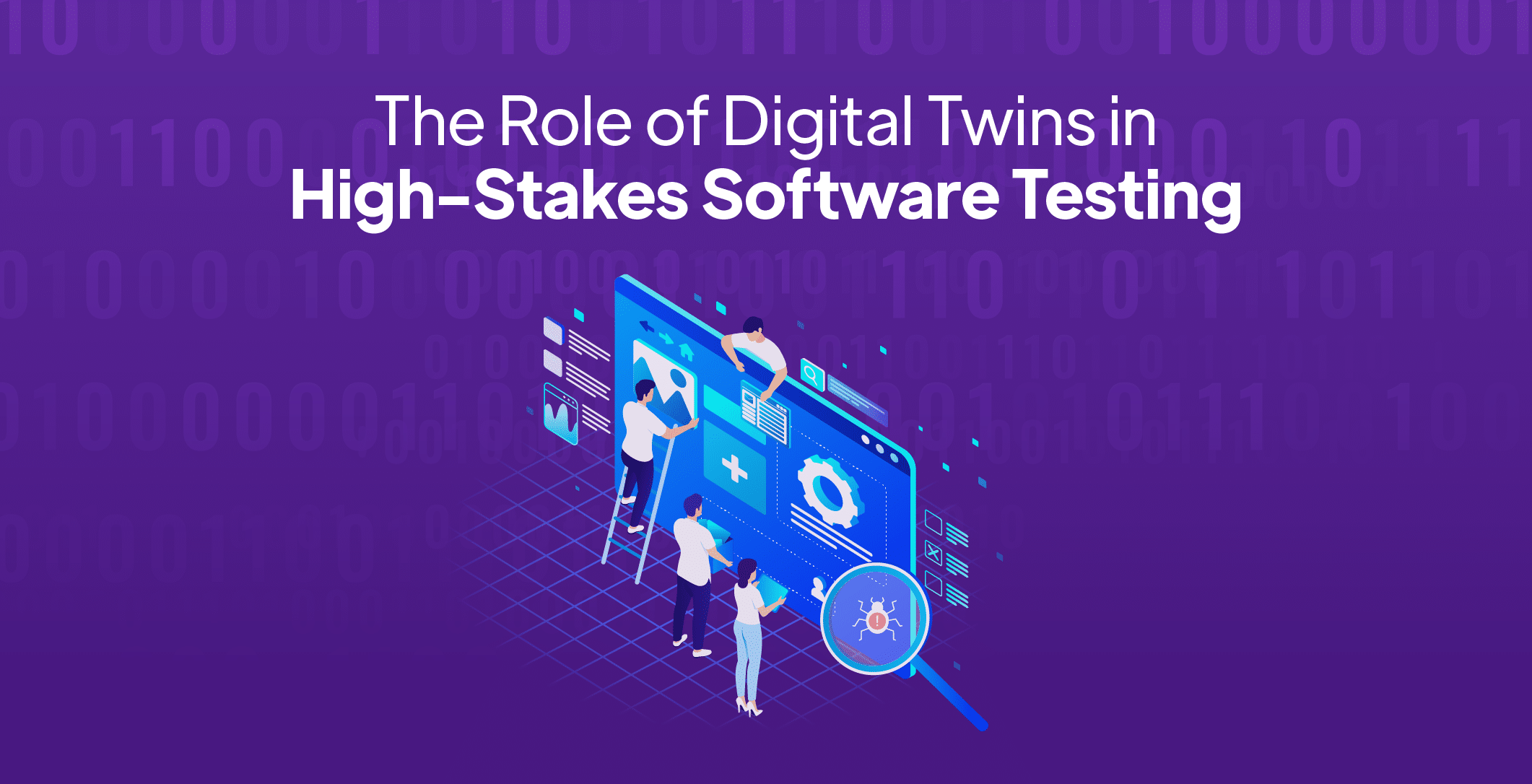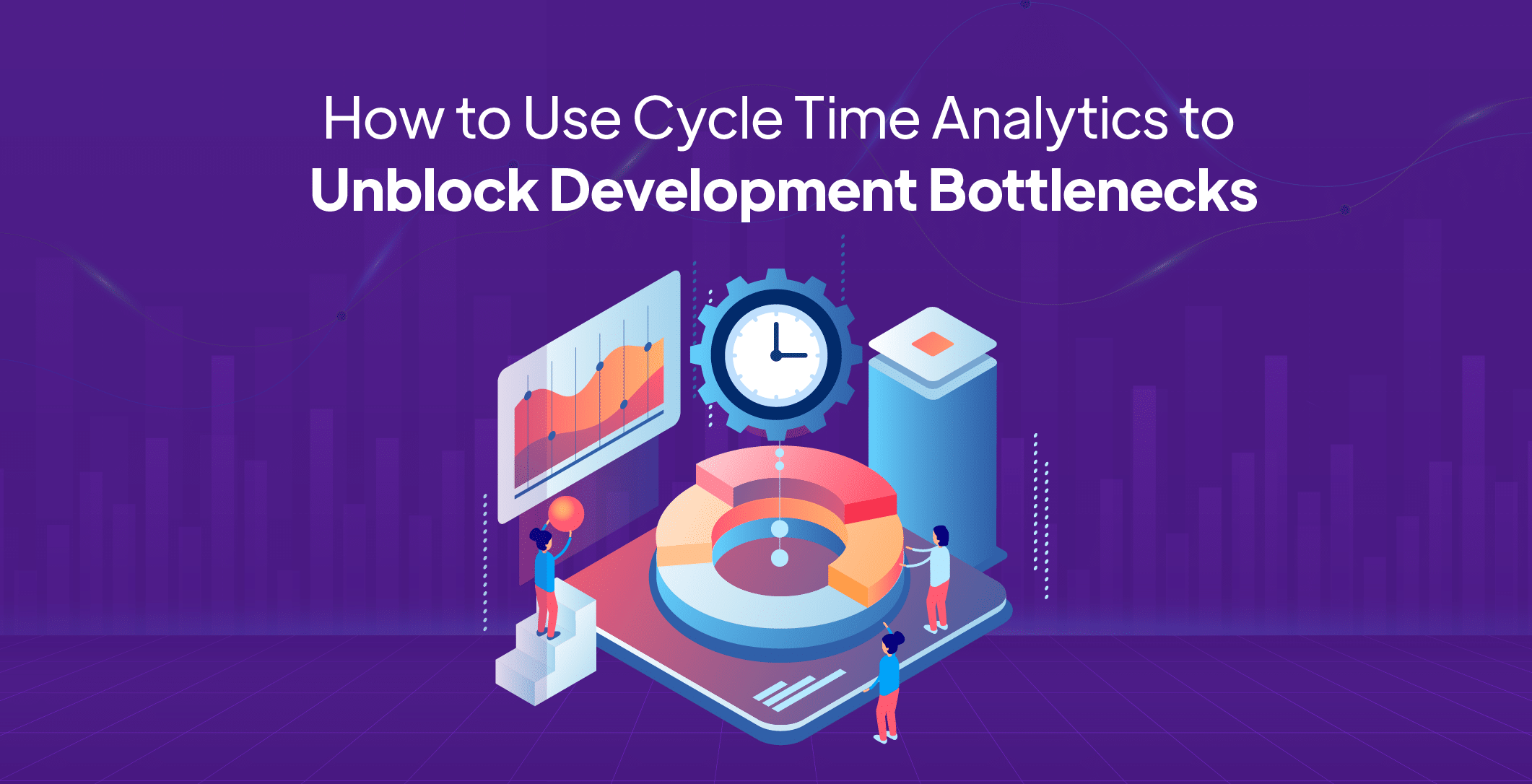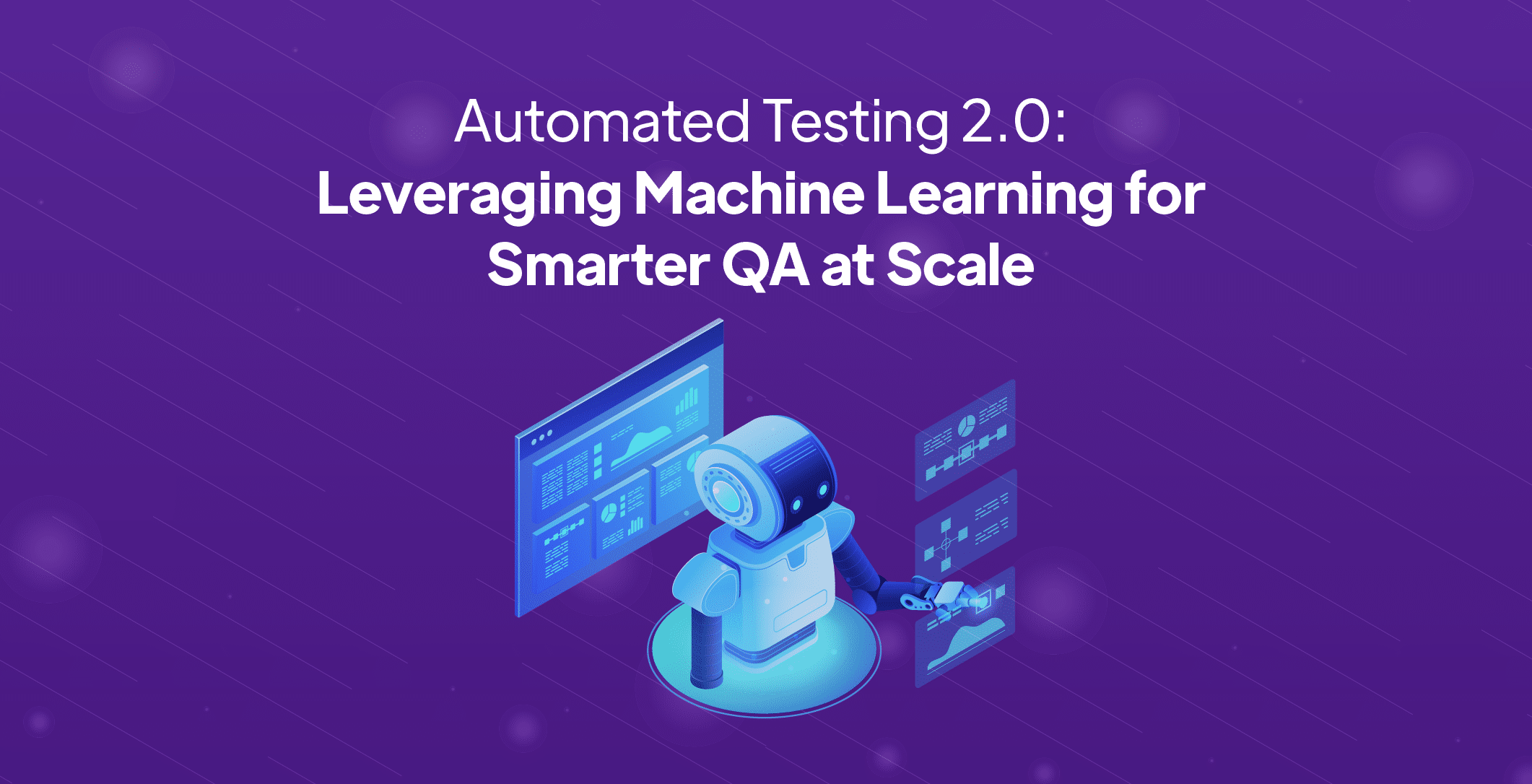Staying ahead requires a forward-thinking approach. In addition, staying ahead isn’t just a way to make sure your business does well, it is essential for your business to survive in the increasingly complex global market. Seven years isn’t that far away, the digital landscape will continue to evolve, shaping how companies operate, compete, and innovate. To thrive in this era of digital transformation, businesses must chart a well-defined roadmap that not only adapts to the changes but also embraces them. In this comprehensive guide, we outline the key steps for businesses to stay ahead in the digital transformation journey for the year 2030.
Understanding Digital Transformation
Let’s clarify what we mean by “digital transformation.” It’s more than just adopting the latest technology or digitising processes; it’s a holistic shift in how businesses operate and deliver value to customers. Companies like Zerozilla don’t just take one aspect of your business and find ways to market or improve it, we take a macro approach to crafting strategic solutions that work for you today and in the future. Digital transformation involves:
Cultural Change: Fostering a culture of innovation, adaptability, and digital fluency throughout the organisation.
Customer-Centricity: Prioritising customer experiences and leveraging data-driven insights to meet evolving customer expectations.
Process Optimisation: Streamlining operations and processes for efficiency and agility.
Embracing Technology: Utilising cutting-edge technologies such as artificial intelligence (AI), Internet of Things (IoT), and cloud computing to drive innovation.
Now, let’s explore the steps to create a robust digital transformation roadmap for 2030.
1. Define Your Vision and Goals
Every successful digital transformation journey starts with a clear vision and well-defined objectives. Ask yourself:
- What does digital transformation mean for your company in particular?
- What goals do you want to achieve by 2030?
- How will digitalisation impact your industry, customers, and competition?
- Ensure that your vision aligns with your organisation’s long-term strategy and values.
2. Assess Your Current State
Before you can move forward, you need to understand where you currently stand. Conduct a comprehensive assessment of your organisation’s digital maturity. Consider factors like:
- Current technology infrastructure
- Workforce digital skills and capabilities
- Data management and analytics capabilities
- Existing customer touchpoints and experiences
This assessment will provide a baseline against which you can measure progress.
3. Create a Cross-Functional Team
Digital transformation is not the responsibility of one department; it requires cross-functional collaboration. Assemble a dedicated team that includes leaders from IT, marketing, operations, and other relevant areas. This team will champion the digital transformation efforts and ensure alignment across the organisation. If you prefer not to create an additional resource burden, work with partners like Zerozilla that can handle absolutely everything.
4. Prioritise Customer-Centricity
In the digital age, customer experience is paramount. Understand your customers’ needs and preferences by gathering and analysing data. Develop personas and customer journey maps to identify pain points and opportunities for improvement.
5. Invest in Training and Skill Development
Make sure your team has all the skills and knowledge they need to be effective. Provide training and resources to foster digital literacy and proficiency. The culture of learning and innovation must become a simple norm.
6. Embrace Emerging Technologies
Stay informed about the latest technological advancements that are relevant to your industry. Explore how technologies like AI, IoT, blockchain, and augmented reality (AR) can enhance your products, services, and operations.
7. Data-Driven Decision-Making
Learn how to leverage knowledge from data analytics to drive informed decision-making. Implement data governance practices to ensure data quality, security, and compliance. Leverage data to gain insights into customer behaviour and market trends.
8. Foster Innovation
Create a culture of innovation that encourages employees to propose and test new ideas. Establish innovation labs or incubators to explore and prototype emerging technologies. Reward and recognise innovative contributions.
9. Collaborate with Partners and Ecosystems
Engage with external partners, startups, and industry ecosystems to access new technologies, talent, and market opportunities. Collaborative initiatives can accelerate your digital transformation journey.
10. Agility and Adaptability
Be prepared to pivot and adapt to changing market conditions and technological developments. Agile methodologies, such as Scrum and DevOps, can help your organisation respond swiftly to challenges and opportunities.
11. Monitor Progress and Metrics
Regularly assess your progress toward your digital transformation goals. Define key performance indicators (KPIs) to monitor success of your implementations. Continuously refine your roadmap based on data-driven insights.
12. Communicate and Engage
Transparent communication is essential throughout the transformation journey. Keep employees, stakeholders, and customers informed about the changes and benefits of digital transformation. Engage them in the process and address concerns proactively.
13. Cybersecurity and Data Privacy
As digitalisation increases, so do cybersecurity threats. Ensure enough resources are allocated towards good cybersecurity measures and maintain your customers’ trust. Always remain compliant with data privacy regulations such as GDPR and CCPA.
14. Sustainability and Responsibility
Consider the environmental and social impacts of your digital initiatives. Strive for sustainability by reducing digital waste and carbon emissions. Embrace corporate social responsibility as an integral part of your digital transformation.

15. Review and Adjust
Digital transformation is an ongoing journey, not a one-time project. Periodically review your roadmap, reassess your goals, and adjust your strategies to align with evolving technologies and market dynamics.
Now, more than ever, businesses must be agile, customer-centric, and innovative to stay competitive.
By defining your vision, assessing your current state, fostering a culture of innovation, and embracing emerging technologies, you can set your organisation on a path toward digital success. Keep in mind that your ability to adapt and evolve will be your greatest asset in the dynamic digital landscape of the future.




